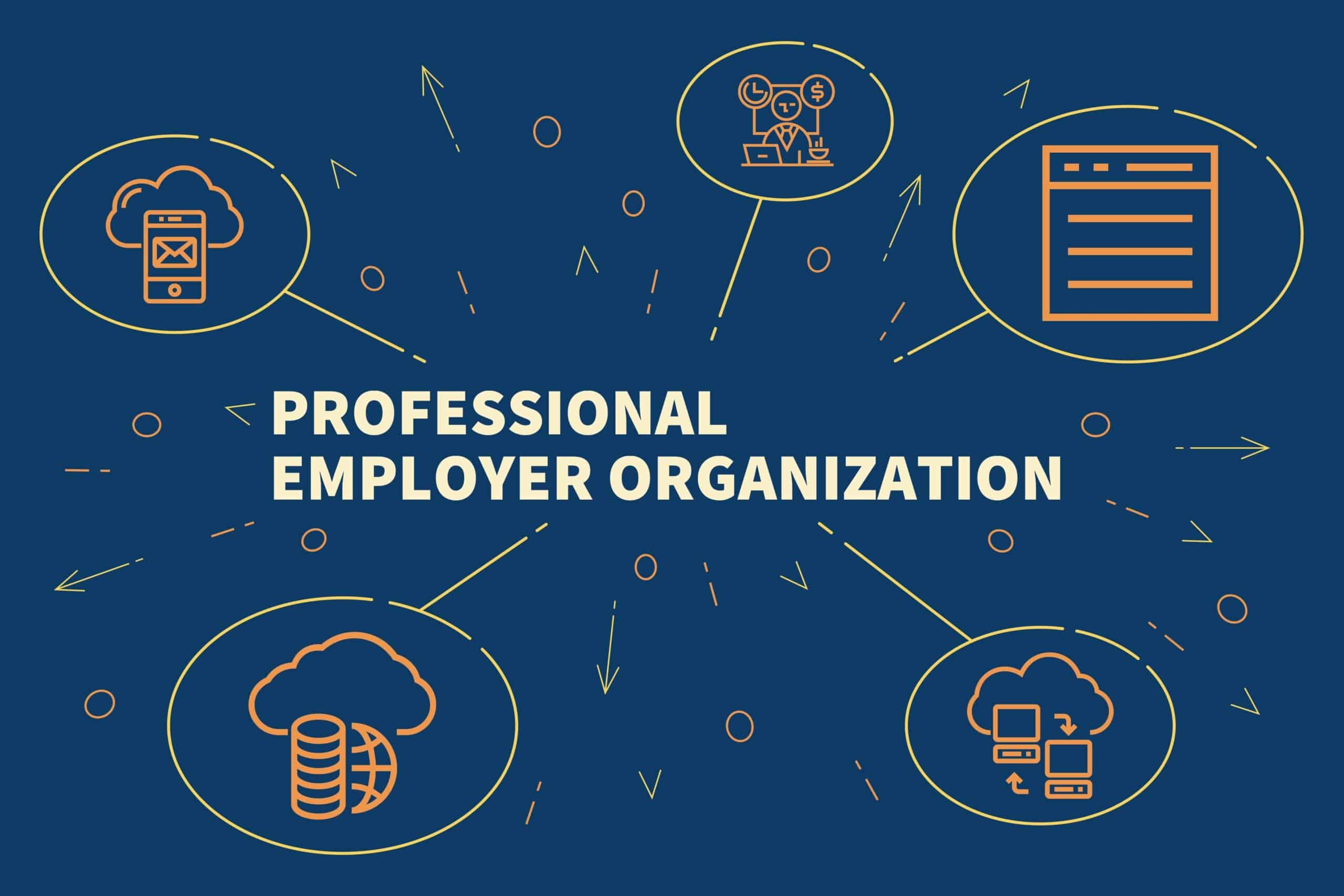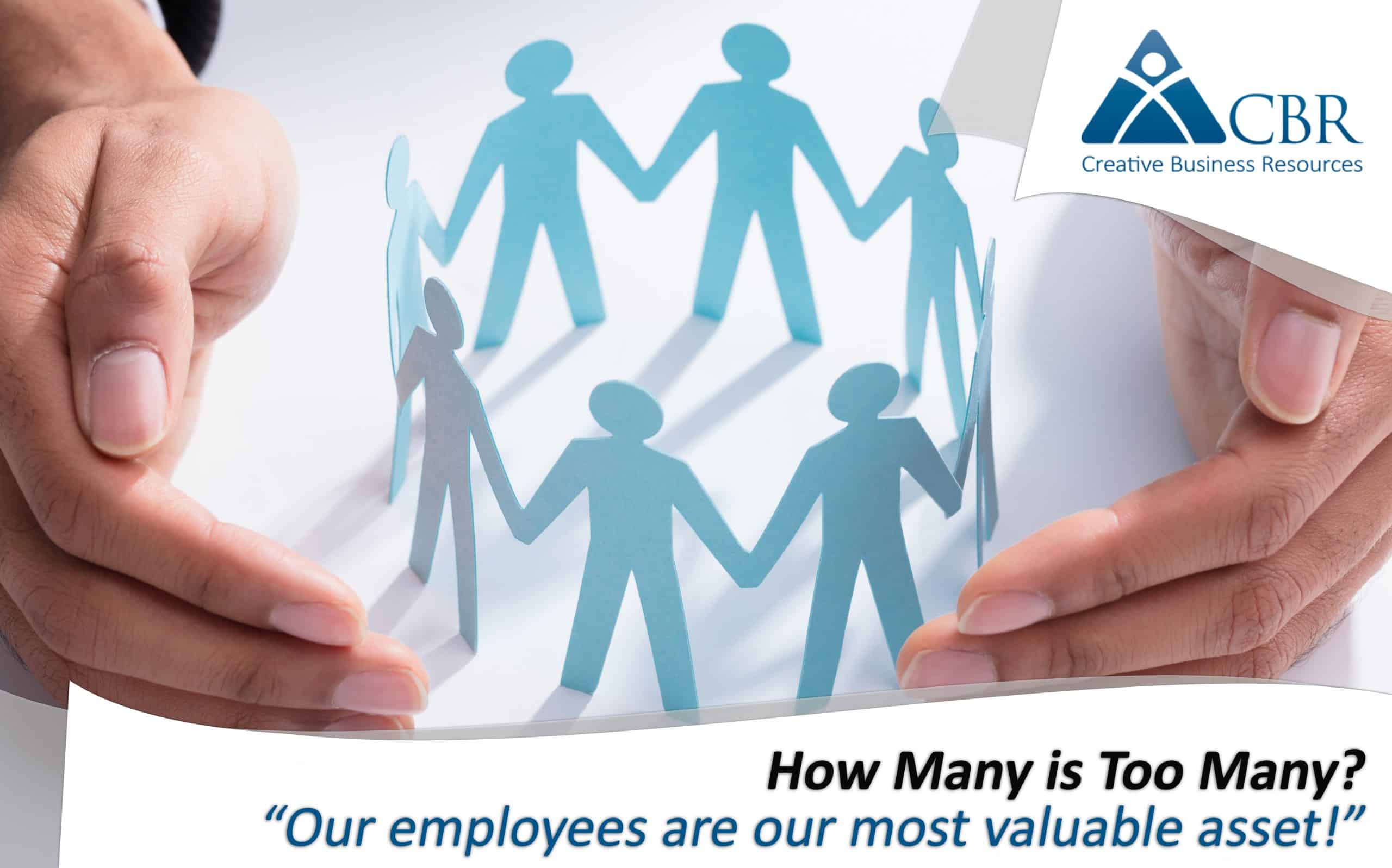
Organizations that articulate goals and ensure that they are communicated to and understood by all employees experience several benefits. When employees have a clear idea of how their daily efforts support the organization’s success, they realize their value and feel more invested in the outcome of projects. This sense of ownership motivates them to perform to the best of their abilities. An understanding of the organization’s specific goals also helps employees prioritize their tasks and keeps them focused on the most pressing needs every day. Finally, well-defined organizational goals encourage teamwork by providing employees with a common cause around which to unite. These benefits of goal setting are amplified when managers assist individual employees with establishing their own goals that align with those of the organization.
How can organizations define goals that accelerate their success by engaging and motivating employees? Here are some tips:
- Ensure that goals are written in plain English, without jargon that could obscure their meaning. Communicate these goals to the entire workforce—including employees at all levels, part-time workers, and independent contractors—through the mediums that employees are most likely to use, such as email and social media.
- Involve employees in goal setting. Pay attention to what each member of the team believes to be most important for the organization, and consistently link those objectives to the goals that individuals have defined for themselves. Be sure that each employee understands and commits to these goals. By including the entire team in the goal setting process, employees will feel that they are integral to the organization’s success.
- Articulate goals that are measurable and have distinct beginning and end points. Incorporate specific metrics so employees will have an unambiguous idea of what is expected of them.
- Focus on the three A’s: aligned, ambitious, and attainable. Goals should align with the organization’s broader mission and values. They should also be ambitious enough to motivate and excite the workforce, while still being attainable—unrealistic goals will only discourage workers and cause productivity to falter.
- Link goals to performance reviews. Although the performance review process is often dreaded by employees and managers alike, it is a critical component of workforce management because it highlights employees’ strengths and shows them how they can improve. By including progress on individual and organizational goals as a metric on the performance review, employees will have a clear picture of how they have contributed to the organization’s success.
- Revisit goals on a regular basis. Workforce goals should not merely be discussed once a year and then cast aside like forgotten New Year’s resolutions. Along with the organization’s mission and values, goals should be held at the center of all workforce efforts. They should be discussed frequently, guiding employees’ daily duties and motivating them to strive for success.
With CBR’s human capital management services, organizations can easily establish and track workforce goals that engage and inspire employees. Contact CBR today to learn more about creating a goal roadmap to drive your organization’s success!
(Sources: https://guides.wsj.com/management/strategy/how-to-set-goals/, https://smallbusiness.chron.com/goal-setting-important-organizations-2509.html).











Leave A Comment
You must be logged in to post a comment.